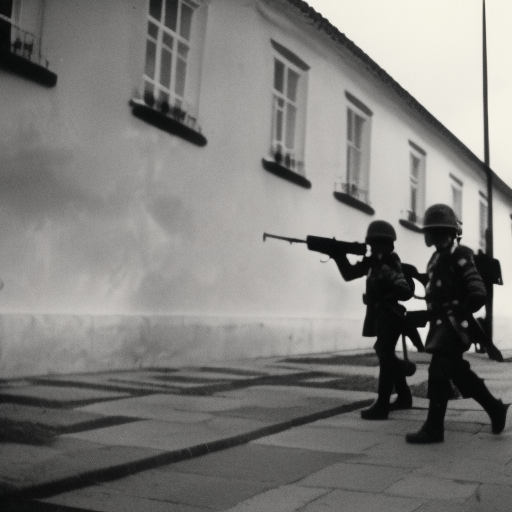Summary: Scanian War
The Scanian War was a conflict fought between Sweden and an alliance consisting of Denmark-Norway, Brandenburg-Prussia, and the Dutch Republic from 1675 to 1679. The war was primarily fought over territorial disputes in the southern part of Scandinavia, known as Scania. It ended with the Treaty of Lund, which resulted in territorial changes and a shift in the balance of power in Northern Europe.
Background
The Scanian War was a continuation of the conflicts that had plagued Europe during the 17th century. Sweden, under the rule of King Charles XI, sought to expand its territories and maintain its dominance in the region. Denmark-Norway, Brandenburg-Prussia, and the Dutch Republic saw an opportunity to challenge Swedish hegemony and protect their own interests.
Course of the War
The war began in 1675 when Denmark-Norway launched an invasion of Scania, the southernmost part of Sweden. The Danish forces, supported by Brandenburg-Prussia and the Dutch Republic, aimed to regain control of territories lost to Sweden in previous conflicts. The Swedish army, led by King Charles XI, initially faced setbacks but soon regrouped and launched counteroffensives.
The war saw a series of battles and sieges, with both sides gaining and losing territory. The Swedish navy, led by Admiral Henrik Horn, achieved several victories at sea, disrupting enemy supply lines and preventing reinforcements from reaching the Danish forces. The Danish army, under the command of King Christian V, managed to hold its ground and repel Swedish attacks.
One of the most significant battles of the war was the Battle of Lund in 1676. The Swedish army, outnumbered but well-disciplined, defeated the Danish forces and secured a decisive victory. This battle marked a turning point in the war and led to negotiations for a peace settlement.
Treaty of Lund and Aftermath
The war came to an end with the signing of the Treaty of Lund in 1679. The treaty reaffirmed the territorial changes brought about by the previous peace treaties, such as the Treaty of Roskilde and the Treaty of Copenhagen. Sweden retained control of Scania, but had to cede several territories to Denmark-Norway, including the provinces of Halland and Blekinge.
The Scanian War had significant consequences for the balance of power in Northern Europe. Sweden, once the dominant force in the region, was weakened by the conflict. Denmark-Norway, on the other hand, emerged as a stronger power, gaining territory and asserting its influence. Brandenburg-Prussia also benefited from the war, expanding its territories and solidifying its position as a major player in European politics.
The war had a profound impact on the economies and societies of the countries involved. The conflict resulted in widespread devastation, with towns and villages being pillaged and destroyed. The war also strained the resources of the participating nations, leading to economic hardships and social unrest.
In conclusion, the Scanian War was a conflict fought between Sweden and an alliance of Denmark-Norway, Brandenburg-Prussia, and the Dutch Republic. It was primarily fought over territorial disputes in Scania. The war ended with the Treaty of Lund, which resulted in territorial changes and a shift in the balance of power in Northern Europe. The war had significant consequences for the participating nations, leading to economic hardships and social unrest.












